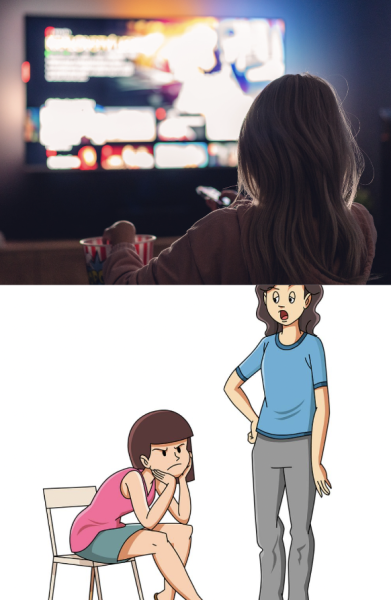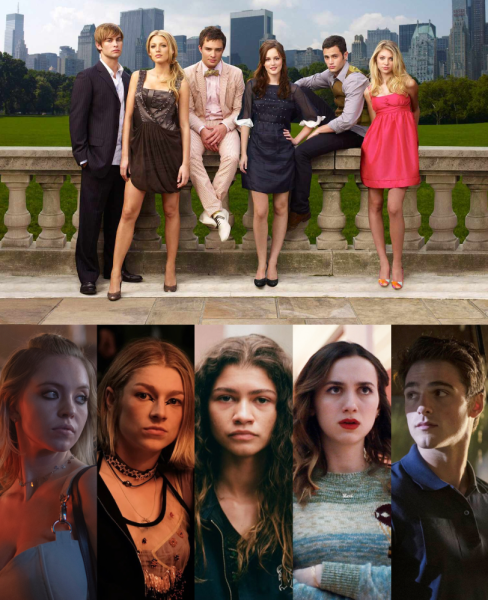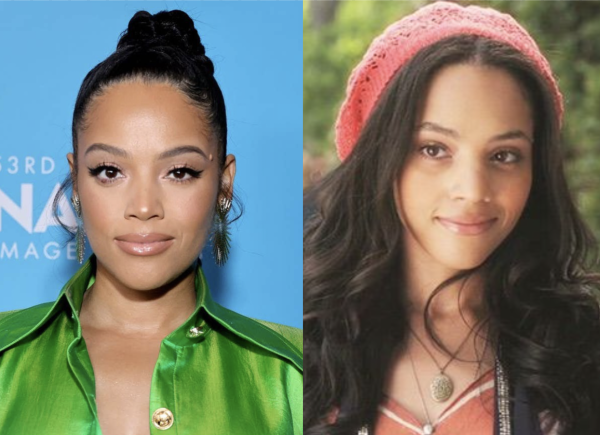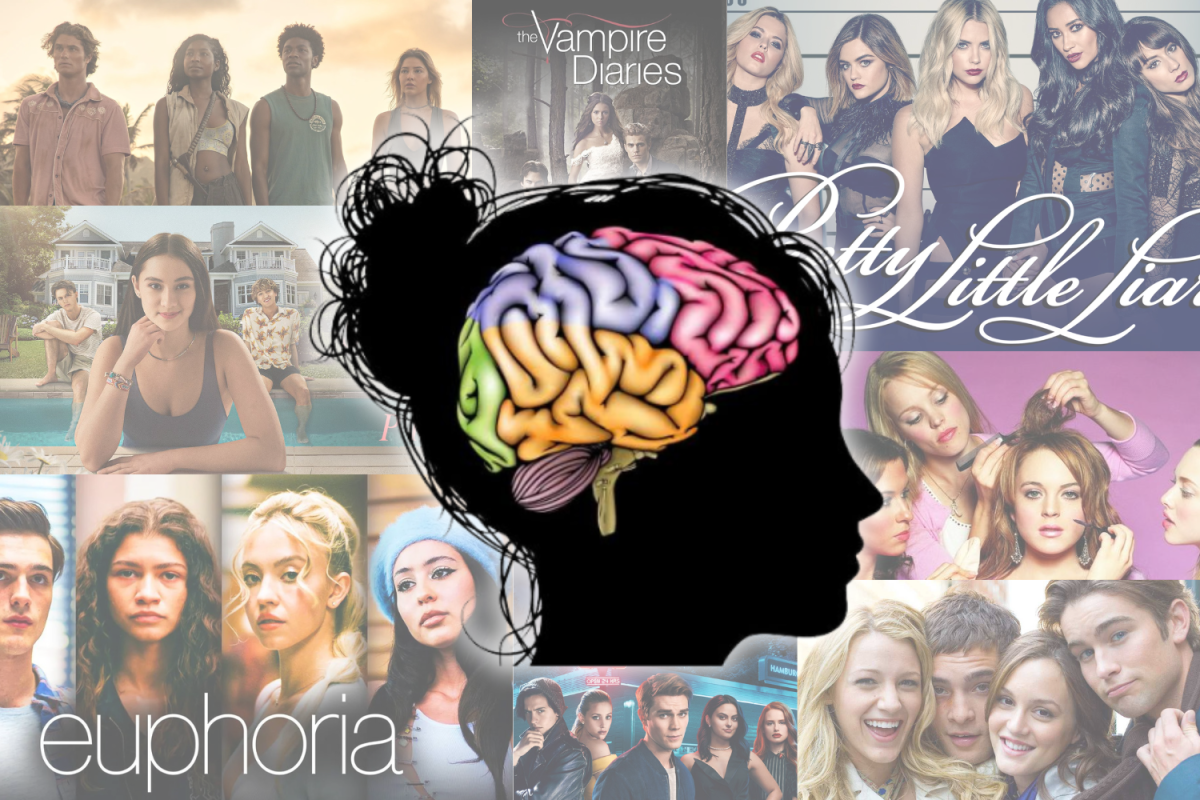The image of the “typical teenager” in modern television shows and movies usually consists of a rebellious or irresponsible adolescent who engages in violent or illegal behavior. Modern media largely portrays teenagers in a negative light, according to huffpost.com. Television series and films impose unrealistic stereotypes on adolescents, such as irresponsible behavior and unattainable beauty standards through inadequate portrayals of people in their age group. The warped depiction of adolescence in the media sustains dangerous clichés about teenage behavior and self-image. Popular media must change these portrayals to prevent mental health issues in teenagers and contribute to an environment where teens do not feel forced to uphold a certain expectation for their age.
The average child born today will, by age fifteen, have spent more time watching television than going to school, according to journals.lww.com. Over-consuming digital media that perpetuates deleterious stereotypes of teens poses a threat to young brain development because the brain is most impressionable during adolescence. The media’s representation of teens can influence young people’s perception of “normal” adolescent behavior or appearance, according to raisingchildren.net.au.
The brain is not fully mature until an individual’s mid to late 20s, according to nimh.nih.gov. The prefrontal cortex, the part of the brain responsible for executive functions such as decision-making, is not fully developed during this time, according to sciencedirect.com. Teenagers are incapable of the same cognitive control as adults are, so the stereotypes to which the media exposes them, especially those concerning their age group, have a major effect on their behavior and attitude.

Dr. Yang Qu from the School of Education and Social Policy at Northwestern University conducted research on stereotypes of adolescents in different cultures, according to news-medical.net. Dr. Qu commented on how the media’s harmful stereotypes may lead to an increase in disobedient behavior among teens.
“As shown in recent work in this area, youth’s internalized teen stereotypes act as self-fulfilling prophecies and guide their affect, cognition, and behavior,” Dr. Qu said, according to news-medical.net. “Therefore, teen stereotypes, together with many other sociocultural factors, provide important insights into what contributes to differences in adolescent trajectories.”
Issues regarding adolescent self-image and behavior arise through the inaccurate representation of teenagers in television shows, movies, and social media. Due to the youth of the brain, the recurrent portrayal of teens as rebellious or disrespectful can lead impressionable adolescents to engage in this behavior. It can be difficult for teens to exert cognitive control when the media feeds them negative stereotypes in extreme amounts, according to srcd.onlinelibrary.wiley.com. The way digital media depicts teenagers influences their brain development, attitudes, and behavior.
Age-inappropriate behavior in teen dramas can also lead adolescents to have a distorted view of the way they should act. However, television shows continue to promote stereotypical, rebellious behavior in teens simply through the depiction of it. In the popular television show Euphoria, teenage characters engage in violent behavior, illegal drug use, and substance abuse, contributing to the reckless stereotype of teenagers. Young audiences are particularly unfit to observe people in their age group engaging in this behavior and grappling with these issues due to their impressionable brains. Teens may conclude that this is typical behavior for someone their age and feel inclined to participate in it themselves. In turn, this shapes teenagers’ mindsets, and the stereotypes of their age group participating in illegal or dangerous behavior act as a self-fulfilling prophecy, according to news-medical.net.

As modern media sustains this social construct surrounding adolescent behavior, teenagers feel more pressured than ever to conform to a certain archetype. The media must dismantle this negative conventional view, as its long-term impacts on adolescent development remain obscure, according to news-medical.net. Dr. Qu emphasized the need for further research in this field.
“It is critical to take a holistic and dynamic perspective to explore how youth’s teen stereotypes influence their behavioral adjustment and brain development over a long period of time,” Dr. Qu said, according to news-medical.net. “For example, future work is needed to explore the complex processes among youth’s teen stereotypes, behavioral adjustment, and brain development, unveiling developmental processes across belief, behavioral, and brain levels.”
In addition to stereotyping teenagers as rebellious or careless, the media promotes unrealistic beauty standards in adolescents that lead to a warped self-image in teens. In popular television shows that target young audiences, such as Gossip Girl, Outer Banks, and Pretty Little Liars, the majority of the characters are teenagers. However, the actors playing these roles are several years older than the characters they portray. Mrs. Blake Lively was 20 years old when she starred as 16-year-old Serena van der Woodsen in Gossip Girl. Mr. Chase Stokes is over a decade older than the 16-year-old character he portrays on Outer Banks. This is a common occurrence in Hollywood due to working restrictions and schooling for teen actors; therefore, it is more convenient to cast actors over the age of 18, according to screenrant.com. Clinical psychologist and teen and family expert Dr. Barbara Greenberg explained how casting mature actors to play adolescents can cause teens to adopt a warped self-image.

“It can give the message that they’re supposed to look good all the time,” Dr. Greenberg said, according to teenvogue.com. “That leads to all kinds of body-image and social comparison issues, and we know that social comparison can be a thief of joy.”
This misrepresentation can lead teenagers to believe that natural flaws in their appearance as adolescents are abnormal. In reality, beauty standards based on actors in their twenties are virtually unattainable for a significantly younger person. The promotion of unrealistic beauty standards may ingrain ideas of worthlessness in teenagers, according to raisingchildren.net.au.
Modern media must limit negative and inaccurate clichés of teenagers to prevent self-image or behavior issues in young people. This is crucial so that easily influenced adolescents do not feel held to standards based on mature actors depicting rebellious stereotypes of their age group. In a time period where adolescents experience constant exposure to these detrimental stereotypes, it is vital that television and film producers portray teenagers in a positive light.
Featured Image by Caroline Gammon ’26




